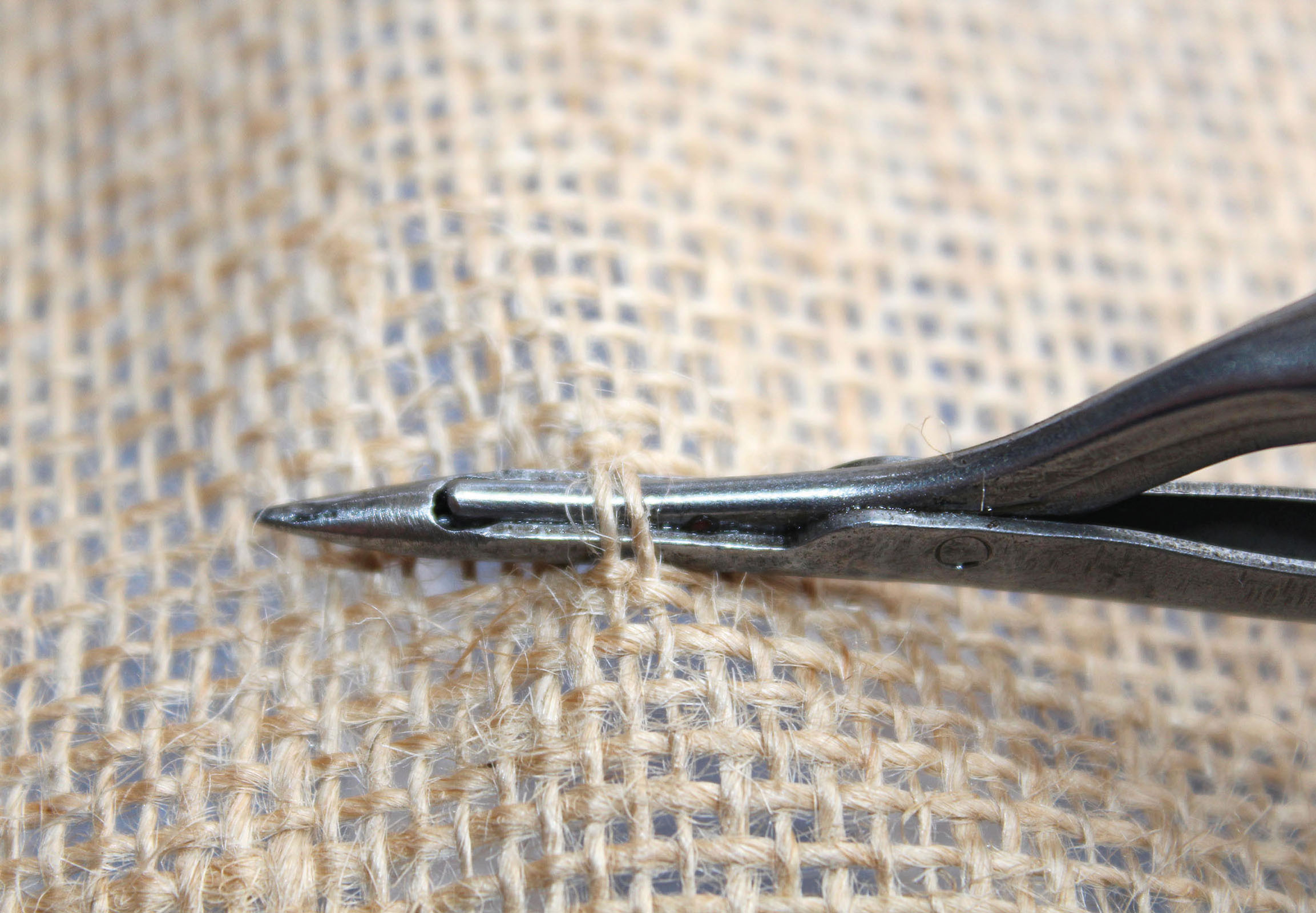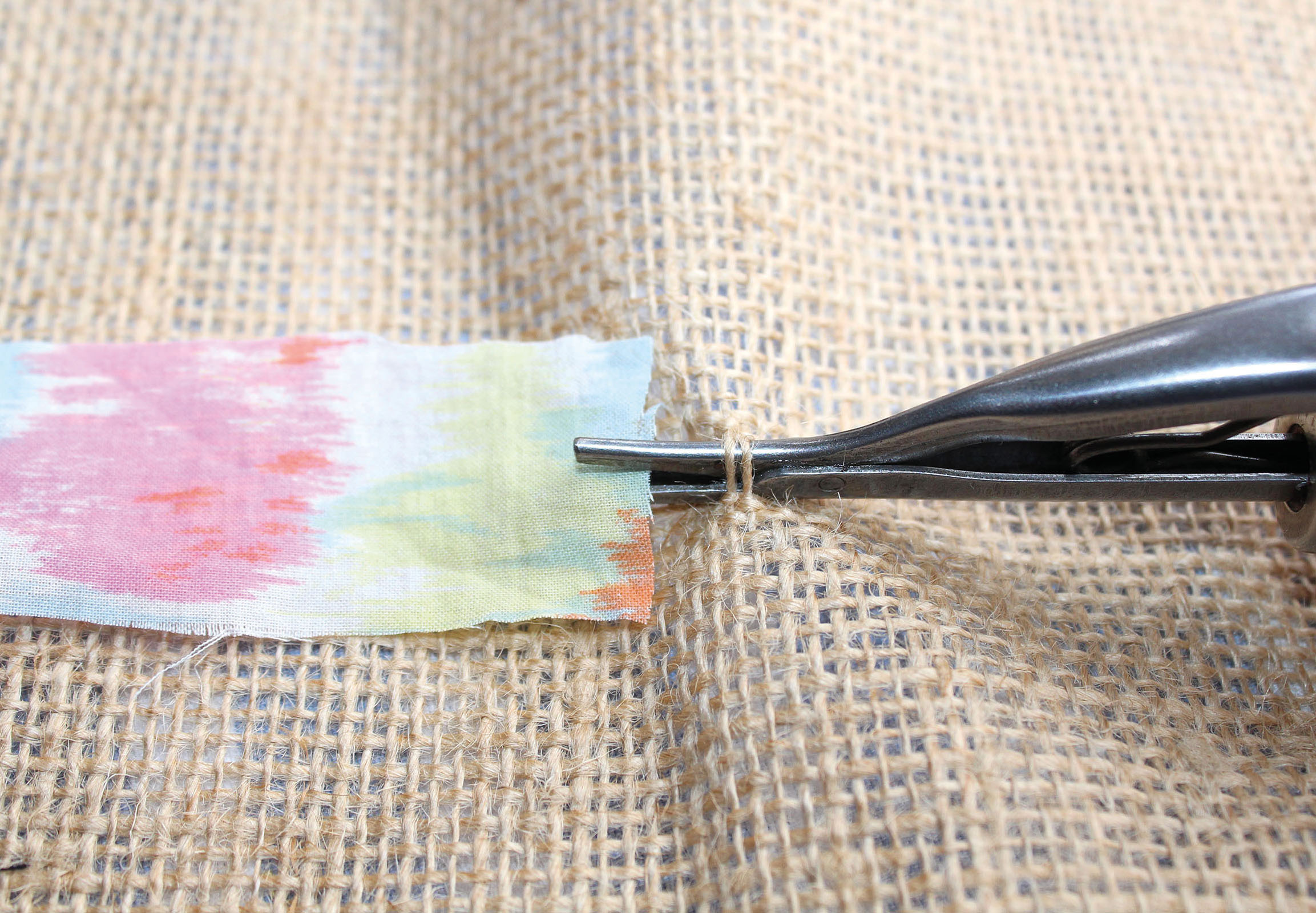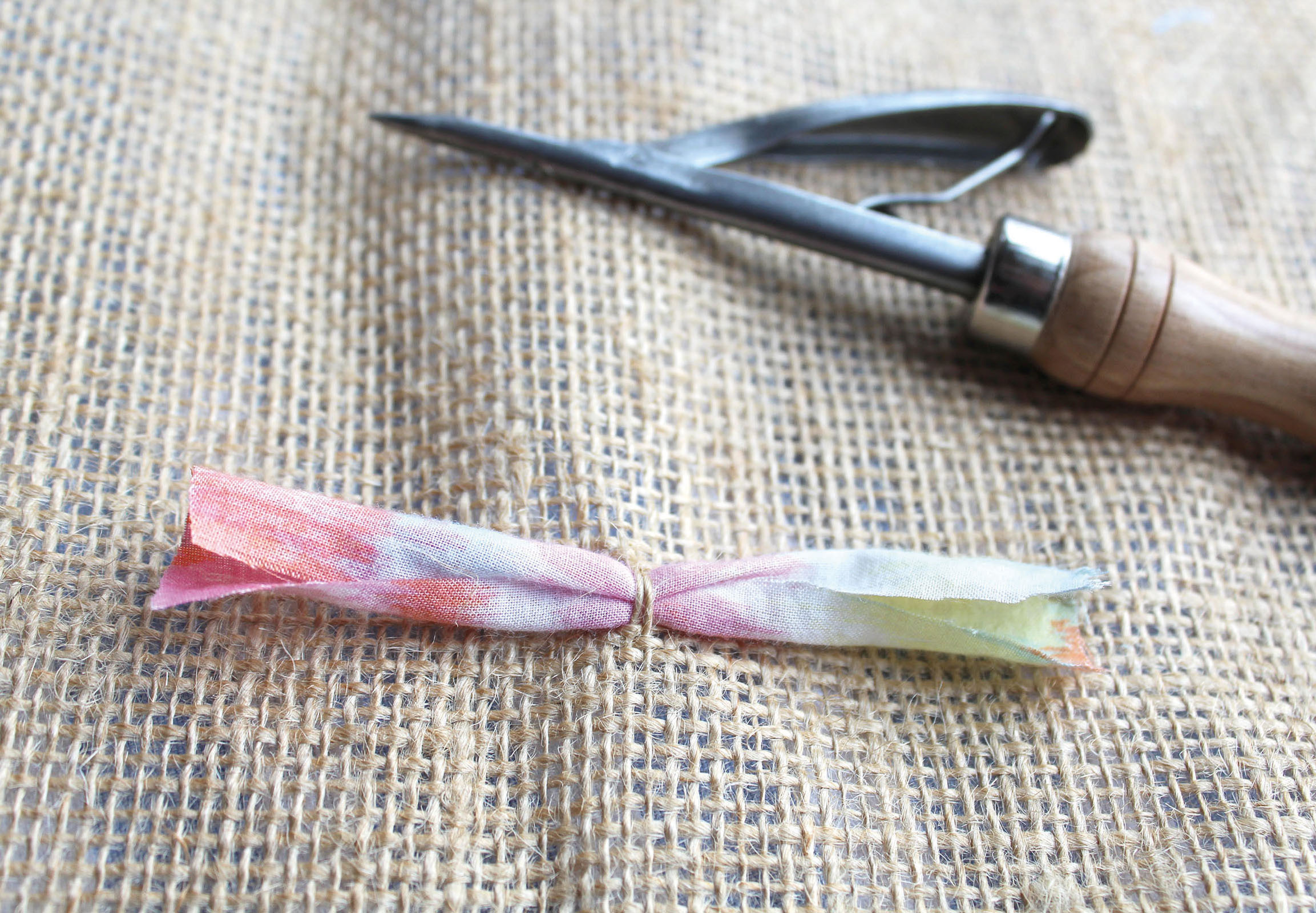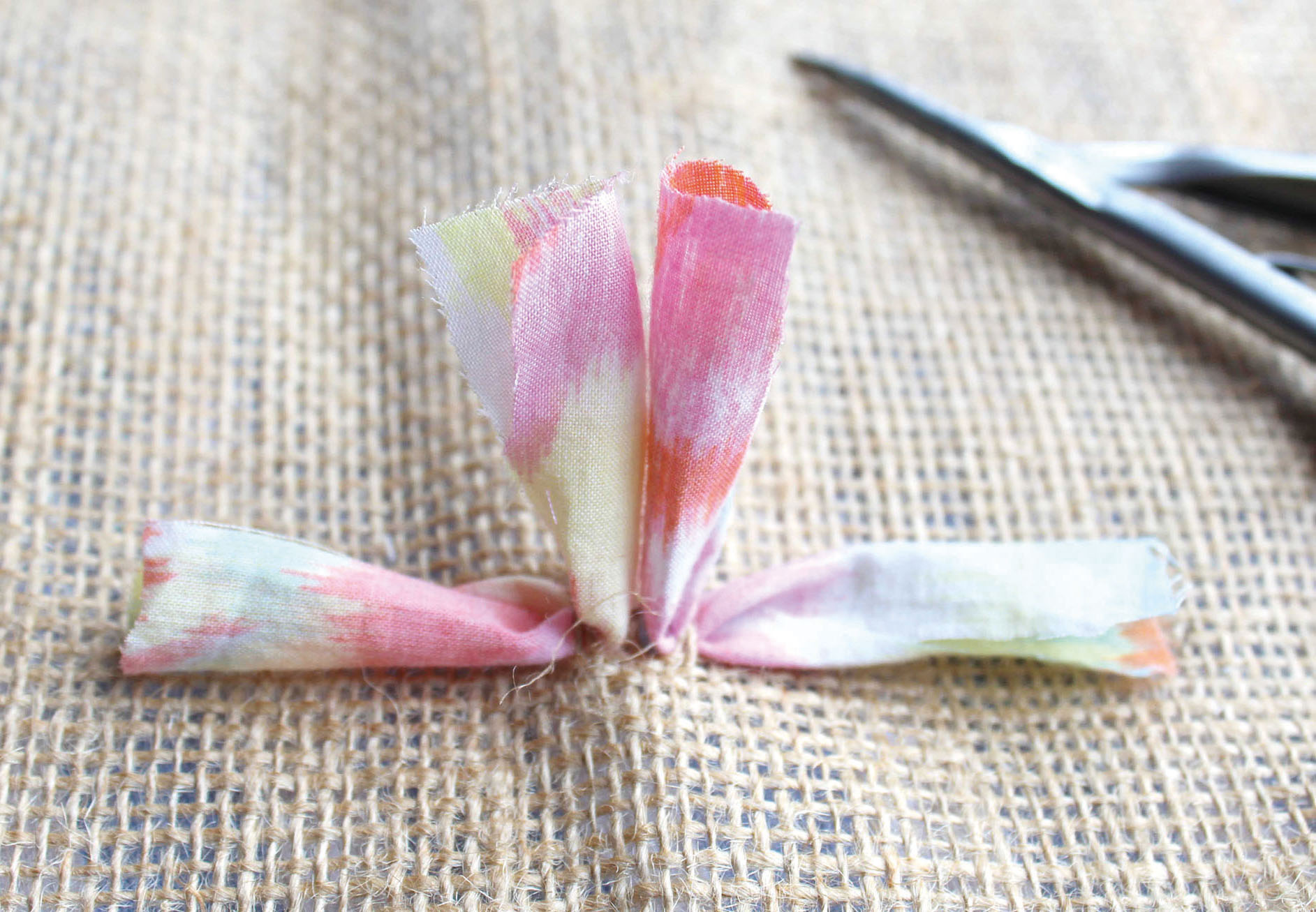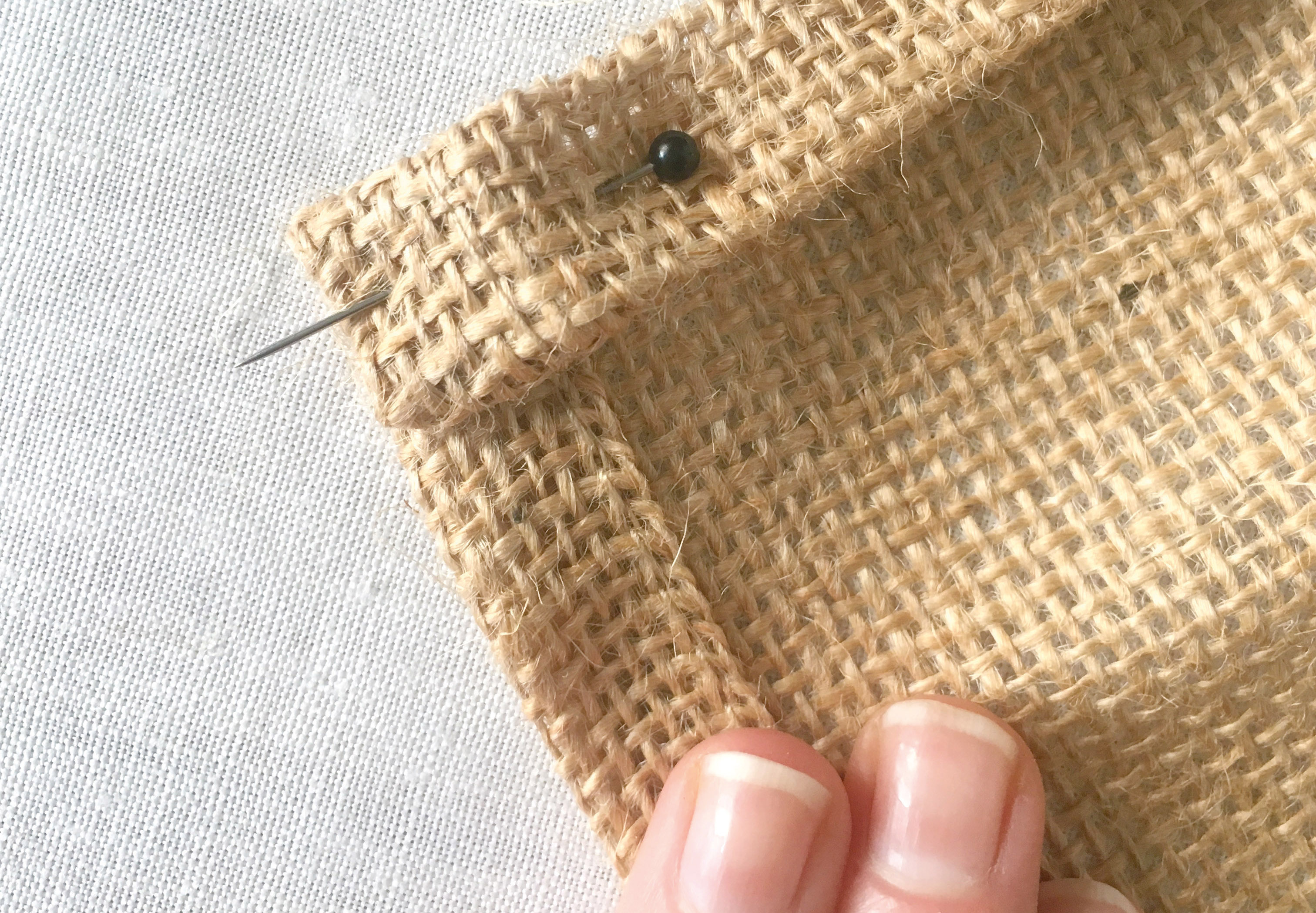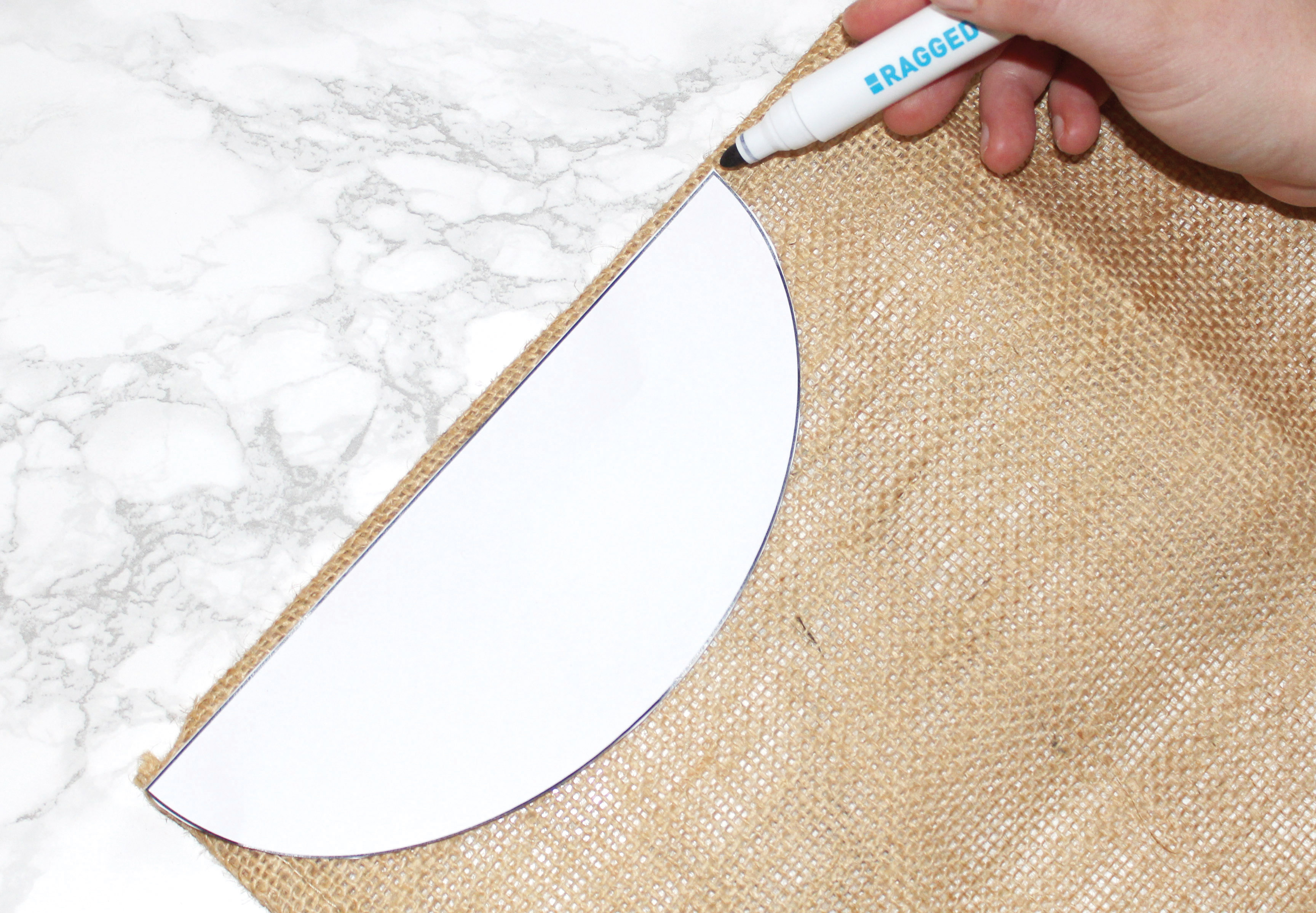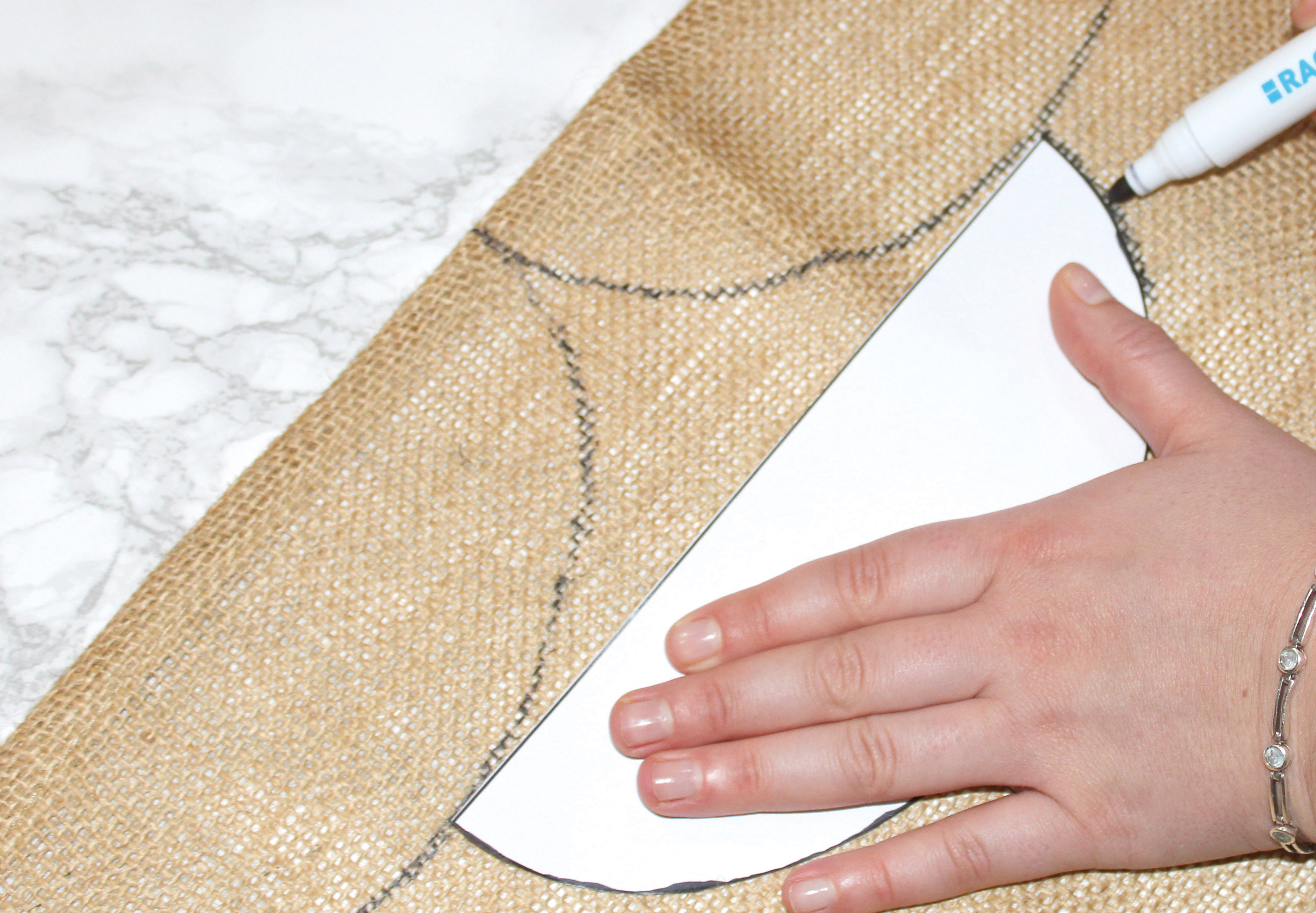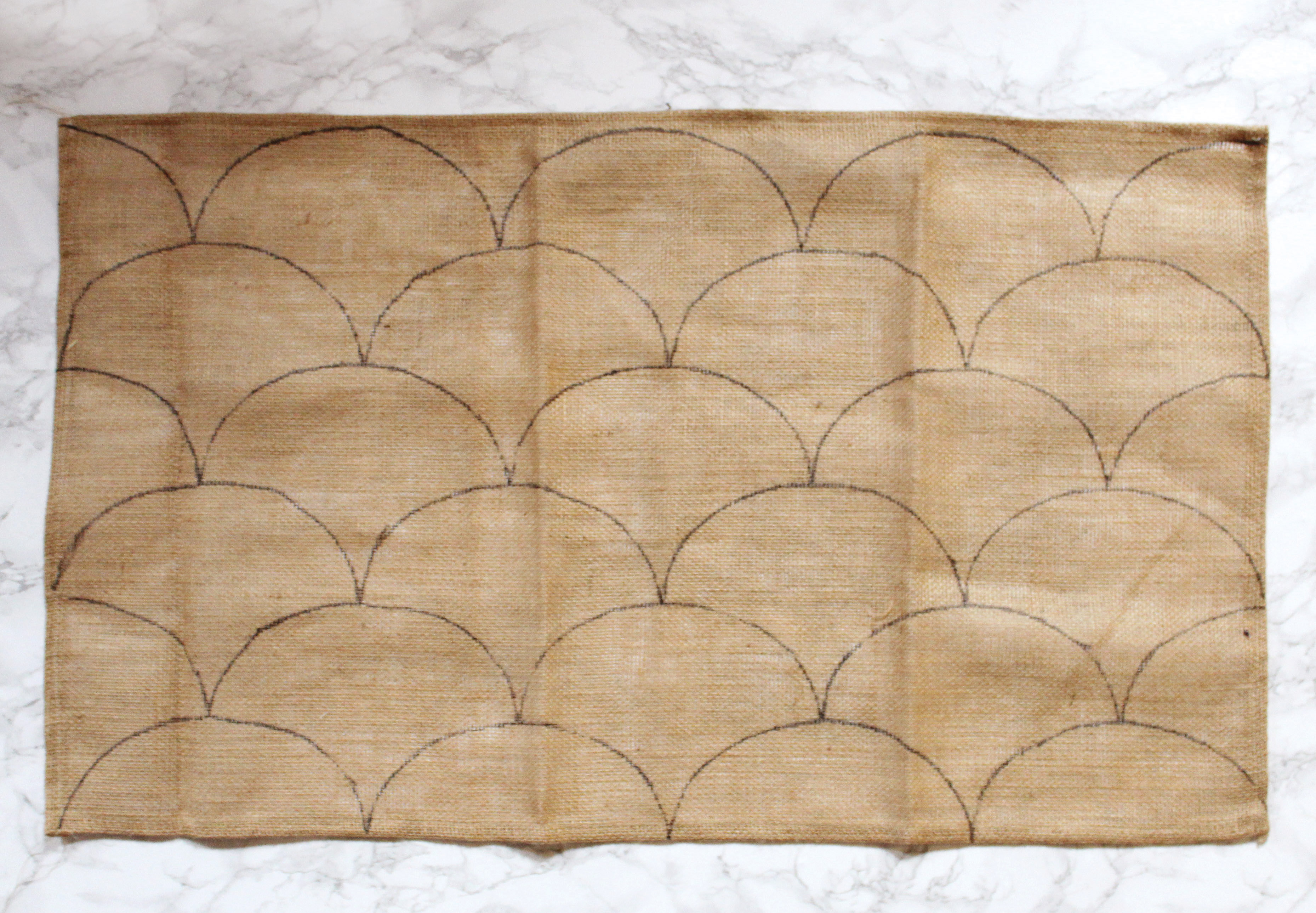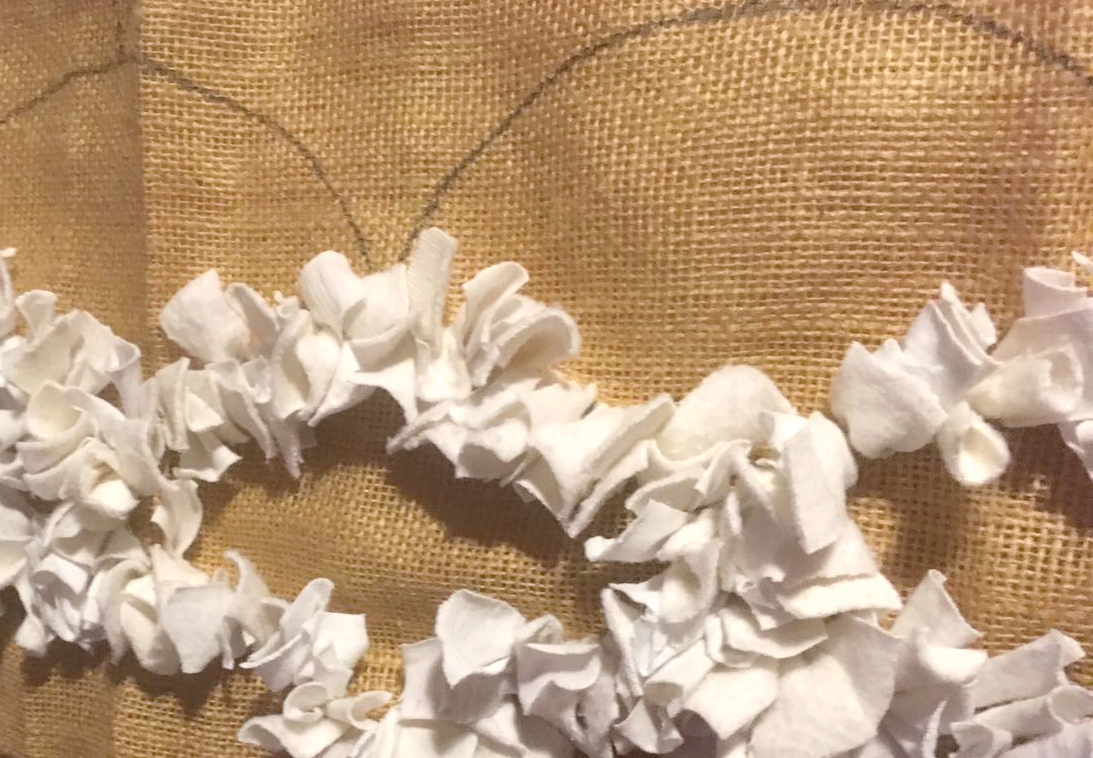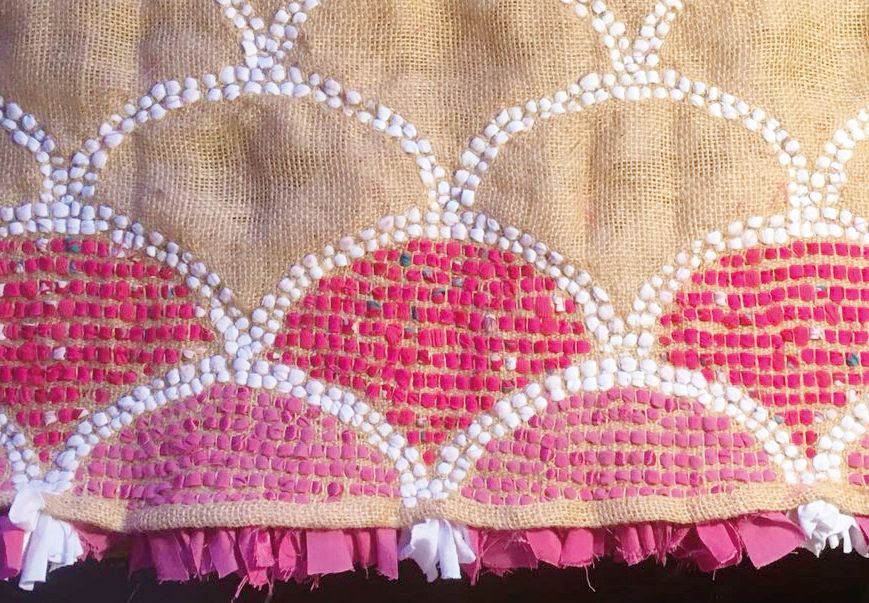Rag rugging is a fabulously thrifty craft whereby old clothing and fabric scraps are cut up and woven through a hessian backing to create beautiful rugs and textile pieces for the home. It was incredibly popular during Victorian times when lower-income families embraced rag rugging as a way to make the most out of everything they had. They took the clothing that was no longer fit for purpose and worked their magic to make wonderful rugs for the cold, stone floors.
True to the roots of the craft, rag rugging still hinges around using up what you have lying around. You don’t need to pop to your local haberdashery to find fabric, but rather your wardrobe or offcuts box. It’s the ideal craft project for sewists and fabric hoarders as it uses up leftover scraps that might be too small to do anything significant with but are just too pretty to throw away. Not only is rag rugging great for decluttering, but it’s also an extremely forgiving craft, which makes it the perfect detox from pattern-cutting and precision. With rag rugging, you can truly let loose and have fun.
We're going to teach you how to make a rag rug and all about rag rugging so you can become a master. If you're looking for more crafty goodness then make sure you check out our free daily patterns too!
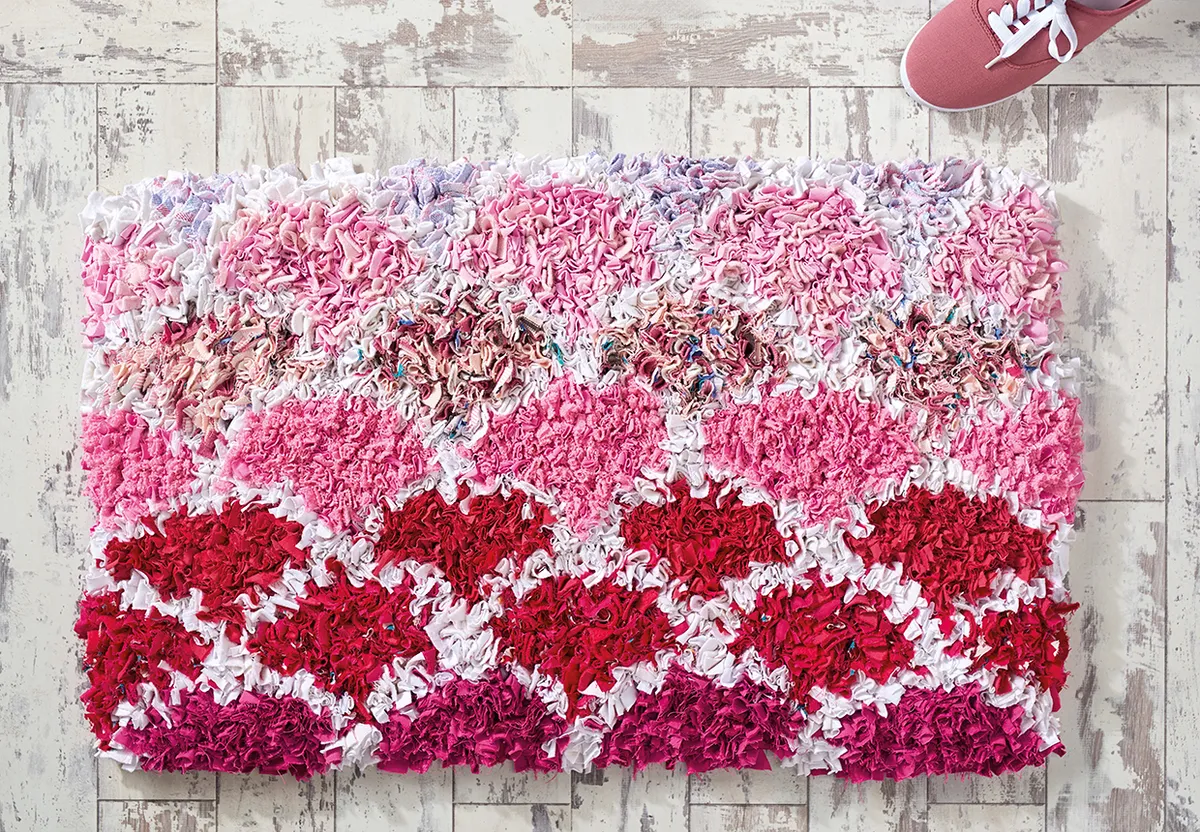
Shaggy Rag Rugging
There are several different techniques for rag rugging, but for this tutorial, we’re using the ‘shaggy’ style of rag rugging, which is perfect for beginners. This is the more traditional, textured form of rag rugging. It’s ideal for making rugs, wreaths, cushions and more, creating super-soft pieces that you just want to sink your hands and feet into. You can use any type of fabric with this technique but generally, we recommend that beginners start off with thinner, softer fabrics such as jersey and cotton.
Generally, with the shaggy rag rug technique, less is more in terms of design. Shapes can be distorted when the rags flop over so you’re best focusing on colours as opposed to designs. Stripes and checks look great, for example. Another piece of advice before you get started is that it’s best investing in the correct equipment. Choose the correct weave of hessian (10 holes per inch) to ensure that your rags stay in securely, and use rag rug scissors, as this will save you time by allowing you to cut through multiple layers of fabric to create your rag rugging strips. Right now for the tutorial! Here's how to make a rag rug.
Rag Rug Making –How to make a rag rug, Step by Step
If you fancy buying a kit to help you on your rag rugging journey then check out our rug making kits for beginners round up.

